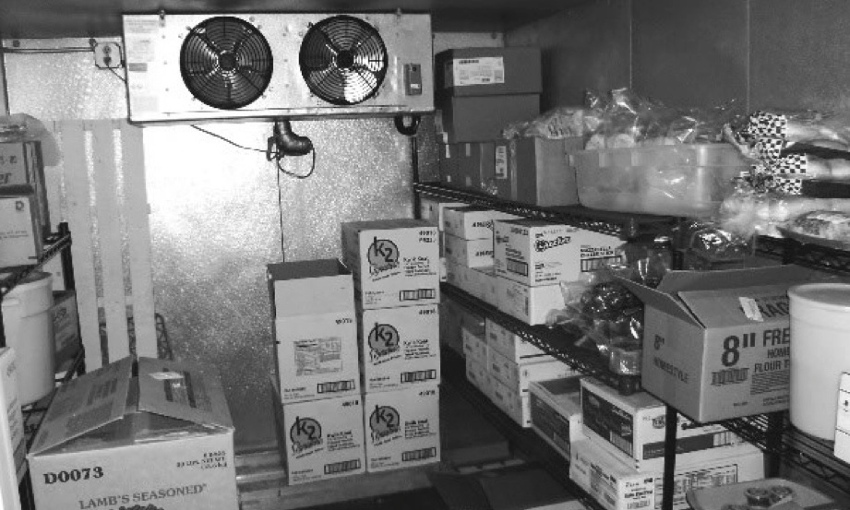A brief history of cold storage and refrigeration
What would you do without your refrigerator? What would happen to all the food you store there? Granted, it might finally get you to dig in and throw out the containers full of forgotten leftovers that have started to turn strange colors, but what about all that stuff that’s still perfectly good? Practically everyone has a refrigerator in their home, and almost all of those people take it for granted until, for one reason or another, it stops working.
There was a time, however, when the humble refrigerator wasn’t such an everyday item. We rarely think back to what life was life before easy cold storage was in common use, but it’s interesting to look at the innovative ways in which people used to keep their food fresh before the fridge. Take a brief look with Aldelano at the history of cold storage.
The Challenge of Chilling
According to Albert Neuburger in The technical arts and sciences of of the ancients in 2003, simple cold storage dates back potentially thousands of years. Neuburger notes evidence of ice being collected and stored in cellars and packing perishable products with ice in various types of containers. In Refrigeration in America: a history of new technology and its impact, Oscar Anderson describes the early days of the US, when settlers would hack chunks of ice with axes to keep in cold-houses where they could store their food. While some methods were effective on a personal scale, they were often extremely dangerous and a lot of hard work. Not only that, but they were in no way commercially viable.
As industrial and mechanical technology began to move at a faster pace from the 1700s and onward, various inventors and some fairly significant historical figures made attempts at solving the puzzle of home cold storage. In an article for Refrigeration and Air Conditioning, Ramesh Arora credits Scottish medical doctor William Cullen with the first innovative, but ultimately unsuccessful attempt, later followed with further experiments by people such as Founding Father Benjamin Franklin, described in a letter by Franklin himself in 1758 titled Cooling by Evaporation.
According to Colin Williscroft in A Lasting Legacy: A 125 year history of New Zealand Farming since the first Frozen Meat Shipment, it wasn’t until the late 1800s that William Soltau Davidson invented the compression refrigeration system, which began major developments in cold storage. Refrigeration then spread throughout the food industry, although it was a long time still before the refrigerator became a household item.
Consumer Cold Storage
General Electric and Frigidaire were the first major brands to popularize in-home refrigerators, as written by Susan Friedberg in 2010’s Fresh: A Perishable History, with the latter speeding things along with developments that lead to lower cost of cold storage for consumers. These developments in refrigeration have had far-reaching effects, from commercial shipping where the first major milestones were hit, to home refrigerators, to air conditioning and more.
Major developments in cold storage, particularly in the home, have certainly slowed in recent years. Although available with different bells and whistles like ice makers, and sometimes boasting adjustments in mechanics to be more eco-friendly, the refrigerator is still just another appliance to many.
At Aldelano, however, we strive to be innovators in taking cold storage technology solar, providing off-grid cold storage capability, and also making it portable around the world. Now that you know about the history of refrigeration and how far we’ve come, take a look at our website to find out how far we can go.

